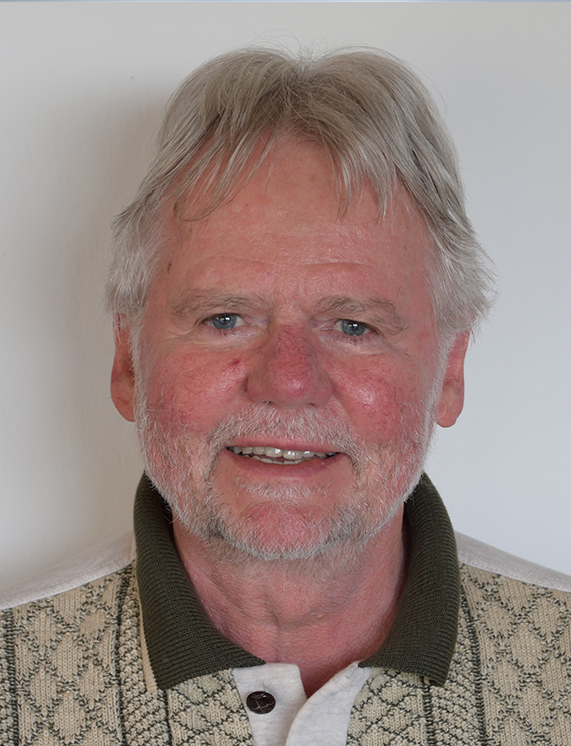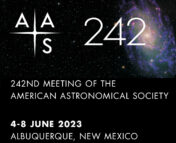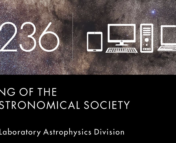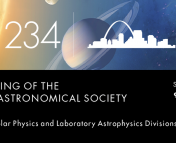In this series of posts, we sit down with a few of the keynote speakers of the 242nd AAS meeting to learn more about them and their research. You can see a full schedule of their talks here, and read our other interviews here!

What drives the solar cycle? What causes the energy release in a solar flare? What heats up the Sun’s corona to a million degrees (a temperature so high that specifying a scale is a matter of pedantry)? Attracted by such broad-scale, unanswered questions, George Fisher switched fields from condensed matter to solar physics midway through his Ph.D. program at UC San Diego.
“Forty years later, the field is just like that,” Fisher told me ebulliently. Through extended observations, mapping of the Sun’s magnetic field , and increasingly complex models, “we’ve learned a lot,” he said, “but there is still a lot we don’t know.”
Now an emeritus researcher at the Space Sciences Lab at UC Berkeley, he has been awarded the 2023 Hale Prize by the AAS Solar Physics Division.
“It’s a great honor,“ Fisher said, to win this prize named after George Ellery Hale which recognizes ‘outstanding contributions to solar astronomy over an extended period.’
Over the course of his career, Fisher has worked with decades of data of the Sun’s photosphere from NASA’s Solar Dynamics Observatory to drive physics-based models of its atmosphere. One achievement he is particularly proud of is his involvement in developing a computer program called Fourier Local Correlation Tracking (FLCT). This program compares two close-looking images of dynamical matter, and backtracks to find the velocity fields that caused changes between them. For instance, it can inform what kind of magnetic fields caused plasma to move in a certain way between successive images of the Sun’s surface.
The application of FLCT to fields beyond solar physics excites Fisher. Recently, a team of astronomers applied it to images of a planetary nebula taken 10 years apart to understand the dynamics of the dust and gas in its interior—something we will also get a glimpse of in his plenary talk, Fisher said.
“Learn as much mathematics as possible,” is Fisher’s advice to young students starting to chart their own paths into astronomy. We may have computer packages performing the operations for us, but knowing how to solve problems by hand is an understated skill that will be helpful throughout your career, he said.
Learn more about the twists, turns, and dynamic interplay between magnetic fields and plasma in the Sun’s atmosphere and its interior, in Dr. George Fisher’s Plenary talk at AAS242 on Tuesday, June 6th, 8:10 am MT.
Edited by: Yoni Brande
Featured Image Credit: AAS




